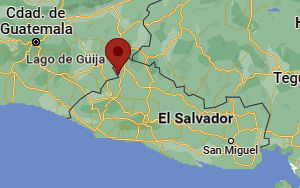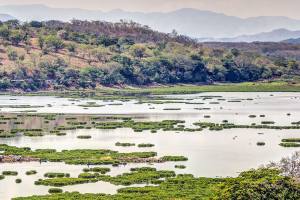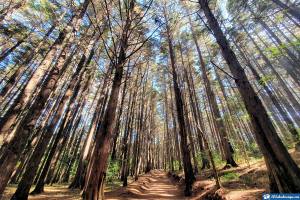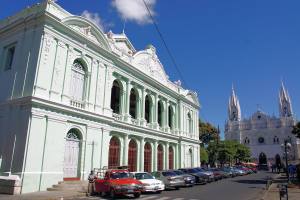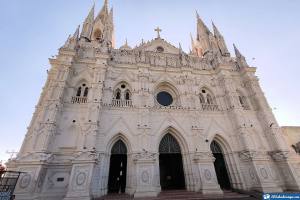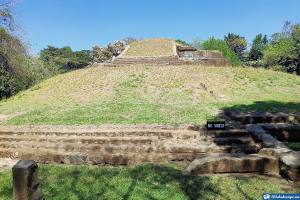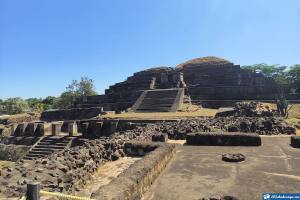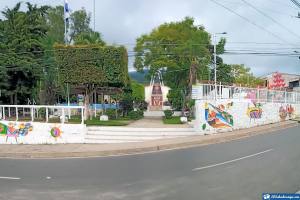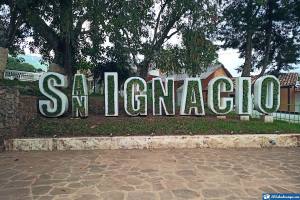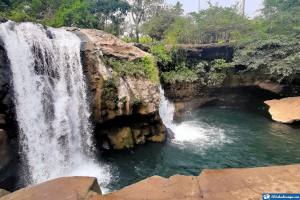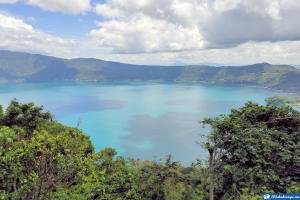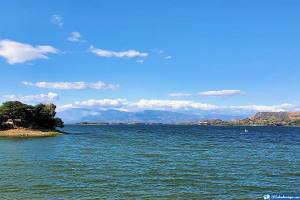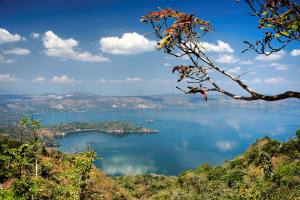Many of El Salvador’s departments stand out for their incredible attractions and diversity in natural environments. Such is the case of Lake Güija, with a total of 45 km2 and in which there are small islets of different sizes.
Its surroundings offer calm and tranquility to tourists, but above all, a large number of recreational activities for all ages. So, if you want to know one of the most impressive water mirrors of El Salvador, you can not miss the Lake Güija.
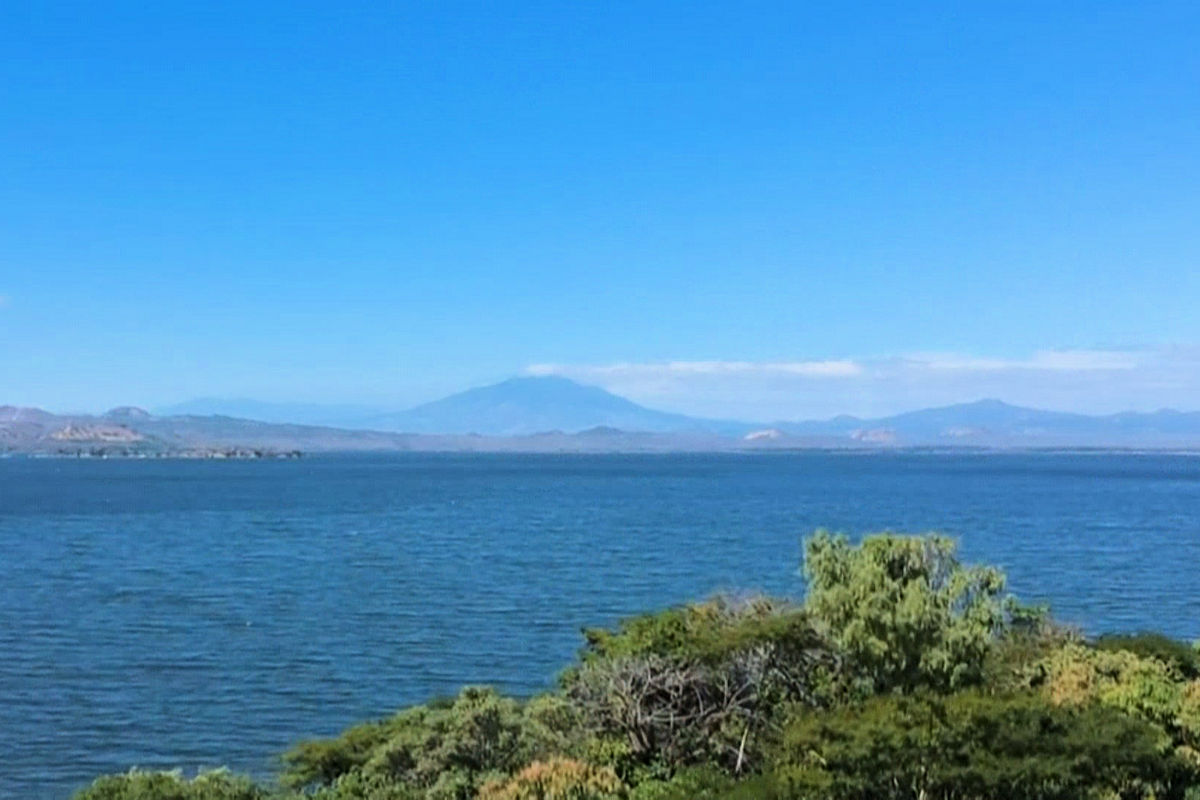
Lake Güija - Lakes of El Salvador. Photo by JMRAFFi. Wikimedia Commons.
Lake Güija Data
| Country: | El Salvador / Guatemala |
|---|---|
| Department: | Santa Ana / Jutiapa |
| Category: | Lakes |
| Lenght: | 1 Km |
| Surface: | 5km² |
| Depth: | Between 15 and 1 meters |
What to see and do in Lake Güija
For some years now, Lake Güija has become one of the favorite destinations for those looking to get in touch with nature. It makes it the perfect place for ecotourism while enjoying an unparalleled climate.
The best thing is that you can do many activities such as hiking, fishing, walks and more. If you want to know what Lake Güija offers, we will tell you all about it.
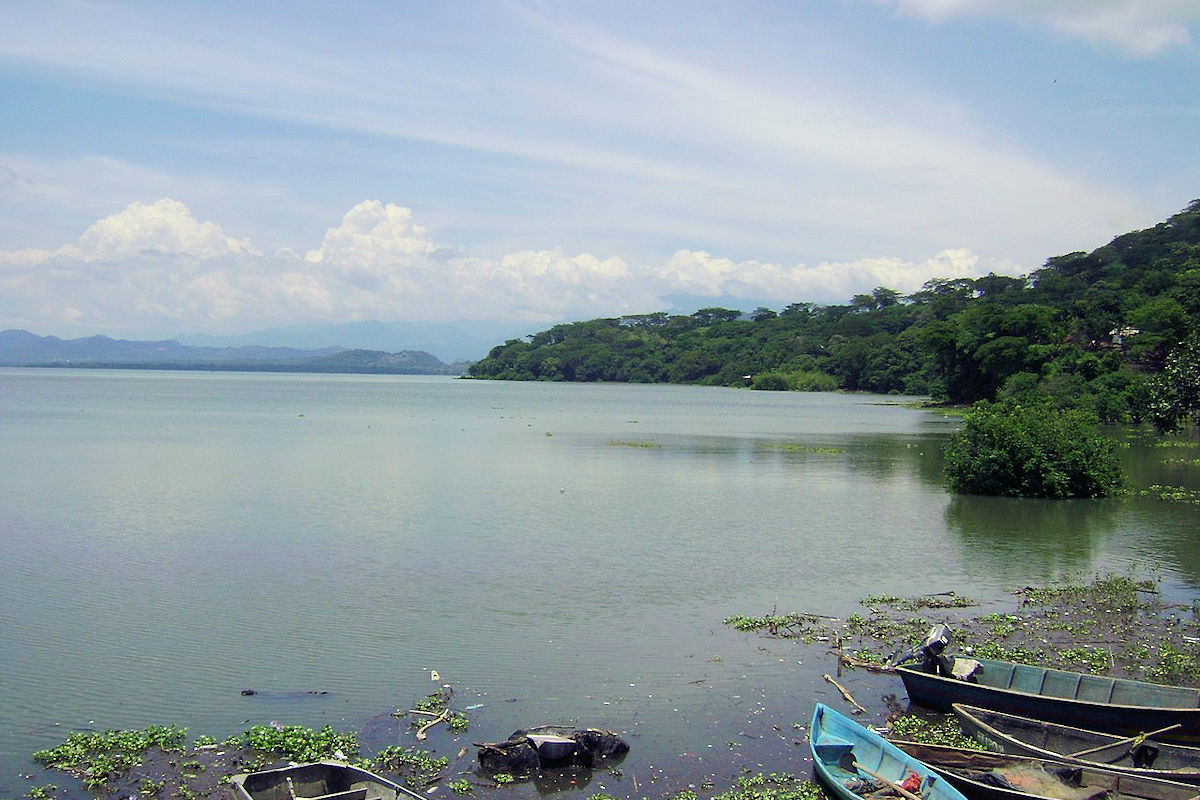
1. Rest and enjoy the view
Peace and tranquility are what abound in Lake Guija. So it is easier to appreciate the incredible biodiversity of the area. From the moment you arrive, you will notice a unique freshness, ample vegetation, and all the sounds of nature.
It should note that the lake is a protected area, and that is why many of the plant and animal species of El Salvador can be easily seen in the surroundings. In addition, it is a Ramsar Site, so its biological composition is also essential to the world.
2. Petrogravados
Lake Güija is a place full of magic and history, to such an extent that all along its shore, you can observe petroglyphs that, according to historical data, have their origin in the Classic and Early Postclassic periods.
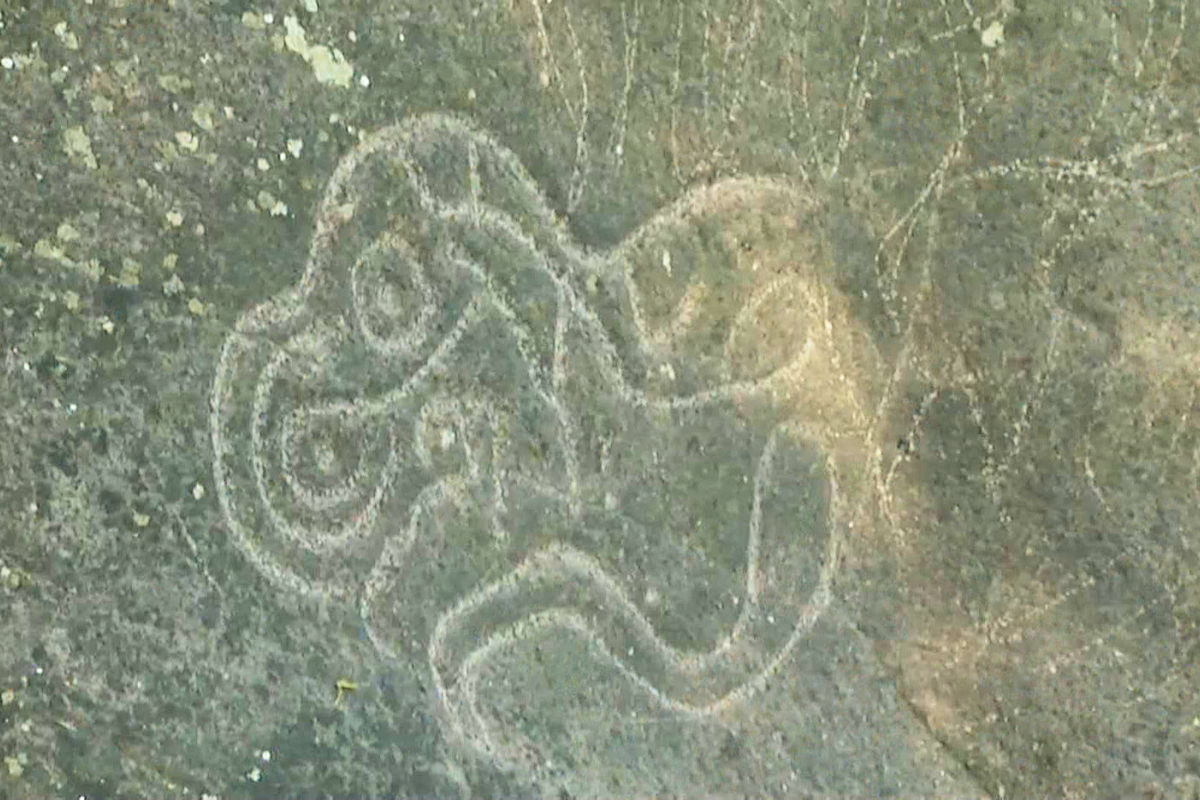
These carvings were made by the first Mayan tribes that inhabited the area and have been preserved over time. Some figures represent the gods of spring, rain, and animals—a common characteristic in the artistic manifestations of the Pipils.
3. Tour of Teotipa Island, Cerro de Tule and Cerro Ihualtepec.
Boat rides are one of the main activities you can do. The best thing is that you will be able to get to know the islands and the magic that surrounds them. For example, Cerro Ihualtepec is a peninsula most of the year, except in winter when the tide rises and becomes an island.
Here you can hike to the top of the hill. There is a plain with the remains of a wall, buildings, and a pyramid. In addition to this, we can observe other petroglyphs.
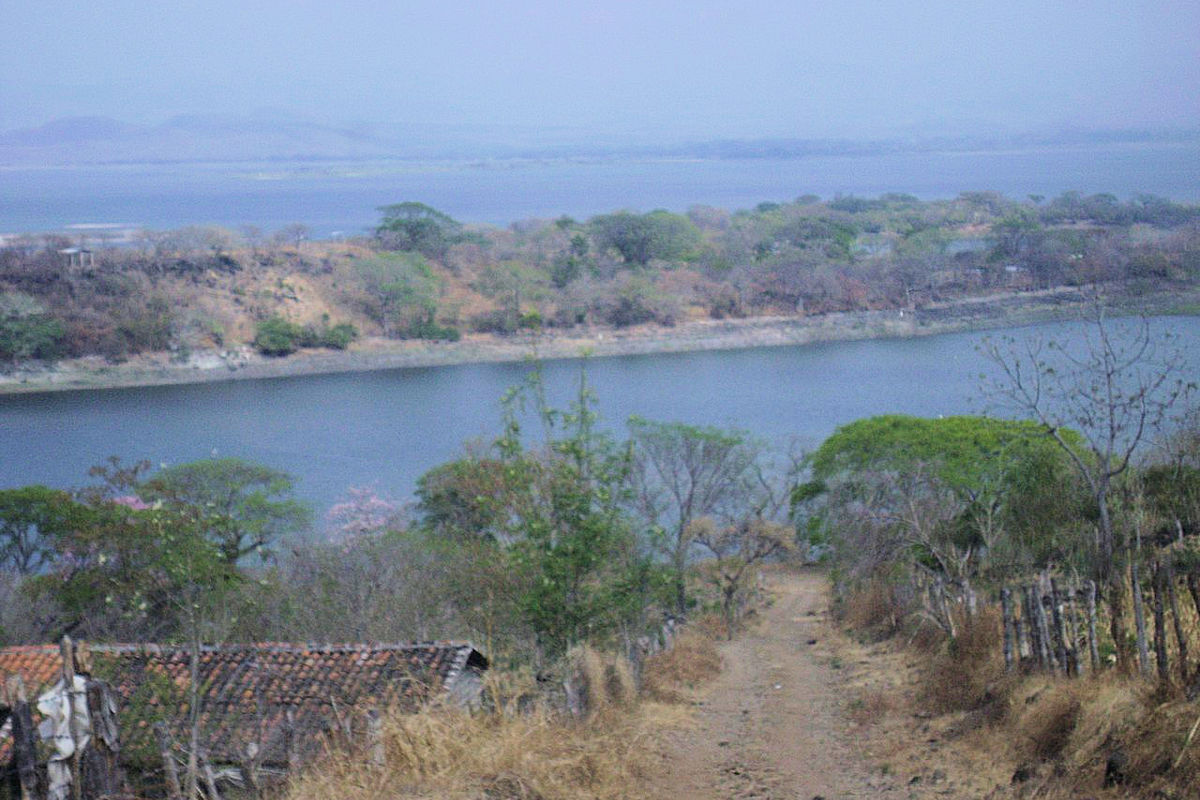
It is worth mentioning that a green plaque with Mayan inscriptions was recovered nearby in Lake Güija.
4. Other activities you can do
As well as the previous activities, in Lake Güija, you can get into the world of fishing, sailing, and kayaking. You will only have to talk to the boatmen and those in charge of the aquatic equipment to rent it.
On the other hand, access is entirely free, and there are no set hours for visits. However, if you want to take advantage of the day to tour the entire lake, it is advisable to arrive early in the morning.
Location and origin of Lake Güija
Lake Güija is a border point between the Department of Santa Ana in El Salvador and the Department of Jutiapa in Guatemala. It has an area of 45 km2 in total, with an area of 32 km2 within the Salvadoran territory.
On the other hand, the main rivers that feed the lake are Ostúa, Angue, and Cusmapa, which flow into the Lempa River. Additionally, it is composed of the islands Teotipa, Cerro de Tule, and the peninsula Cerro Ihualtepec.
The first and most important archaeological findings took place in 1924. All with antiquity attributed to pre-Columbian times. Some ceramic pieces, more than 80 petroglyphs, terraces for astronomical observation, walls, houses, and a pyramid stand out.
According to historians, the lake formed due to an eruption from the San Diego Volcano that closed the water flow of the Ostúa River. Finally, Lake Güija was recognized as a Ramsar Site in 2010 and is the largest in El Salvador.
Climate, flora, and fauna in Lake Güija
Lake Güija has a dry-warm tropical climate with 24.2 C° per year. The depth is approximately 15 meters, and in winter is up to 31 m. Annual rainfall is 1,226 mm.
As for the flora, different types of bushes, wild plants, and trees have been registered, among which the cedar, Granillo, rubber, and coal, among others, stand out. For the fauna, the list is headed by 70 species in danger of extinction.
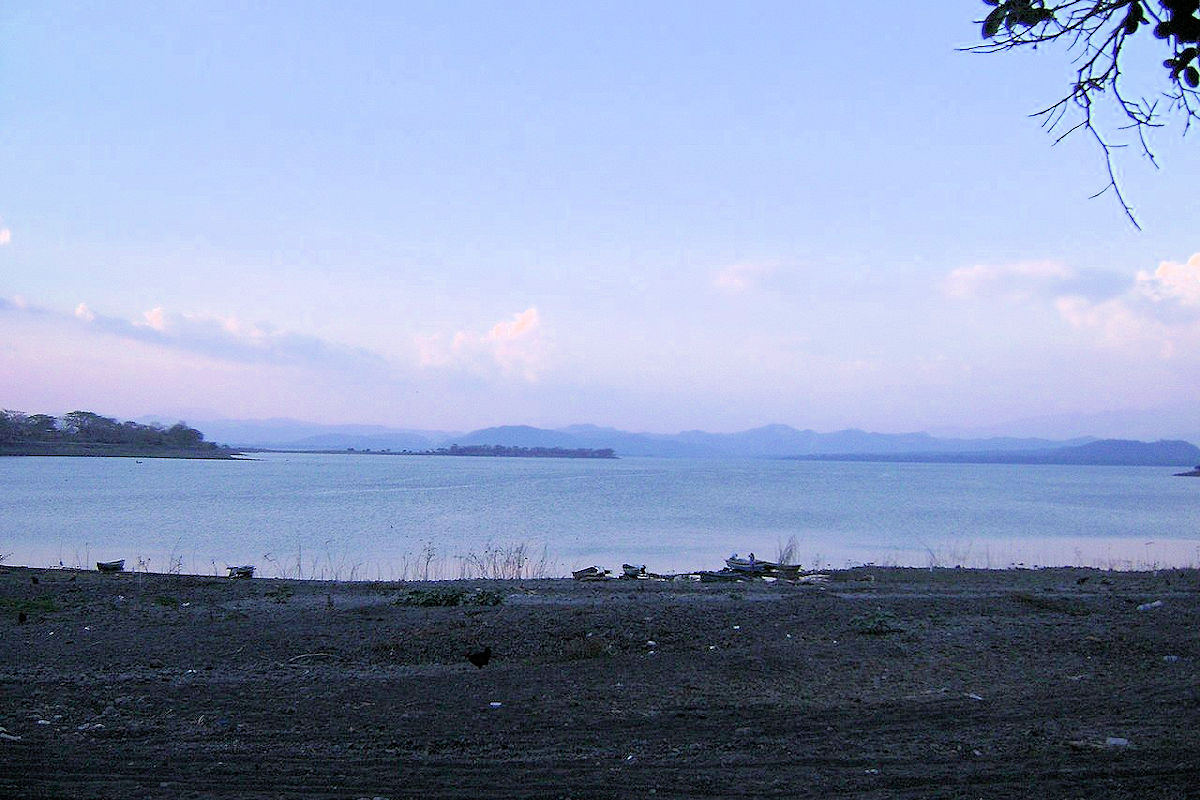
In addition to 220 species of migratory birds, including the national ones, more than 48 types of mammals and 16 varieties of fish, of which 14 are native.
Recommendations for a visit
If you want to have the best vacation experience at Lake Güija, you should keep in mind the following recommendations:
- The best time to arrive at the lake is at 8 am. It’s due to the large number of tourists that visit the lake on weekends and during the high season.
- Include fresh clothes, bathing suits, and comfortable shoes suitable for hiking in your luggage.
- You will find different food places, although you can bring your food if you prefer.
- Bring water, sunscreen, insect repellent, a hat, and a cap, as you prefer.
- Remember to bring bags to dispose of garbage and other waste.
- If you wish to take boat rides or tour the islands, you can request the service from the boatmen and fishermen on the shores of the lake.
Nearby places to visit
Are you ready to visit Lake Güija? If your visit includes more than a weekend, there are other places you can also visit in Santa Ana. Start with Coatepeque Lake of volcanic origin or the volcanoes Santa Ana or Ilamatepec and Boqueron.
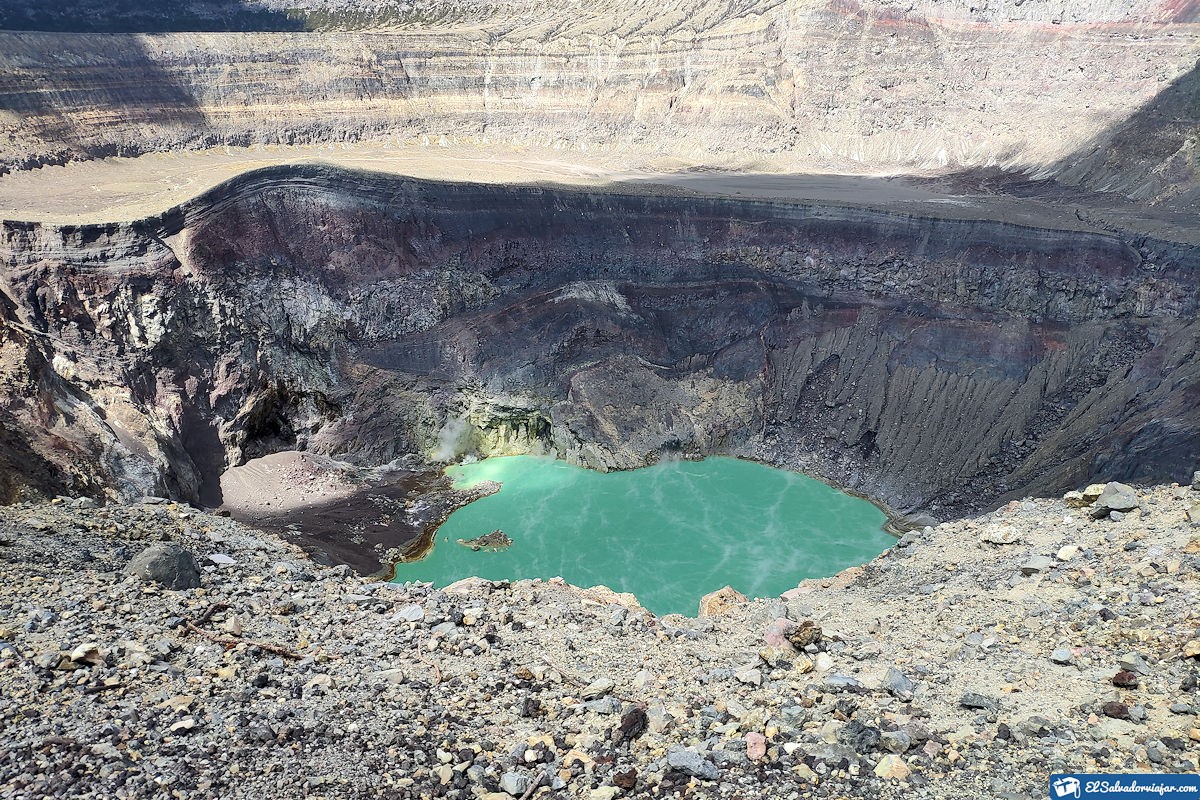
You can also visit some towns belonging to the Route of the Flowers, the Tazumal Archaeological Park, and of course, the most important settlement of El Salvador, Joya de Ceren. In short, a tourist destination you can not miss, and that, without a doubt, will leave you with the desire to return.
